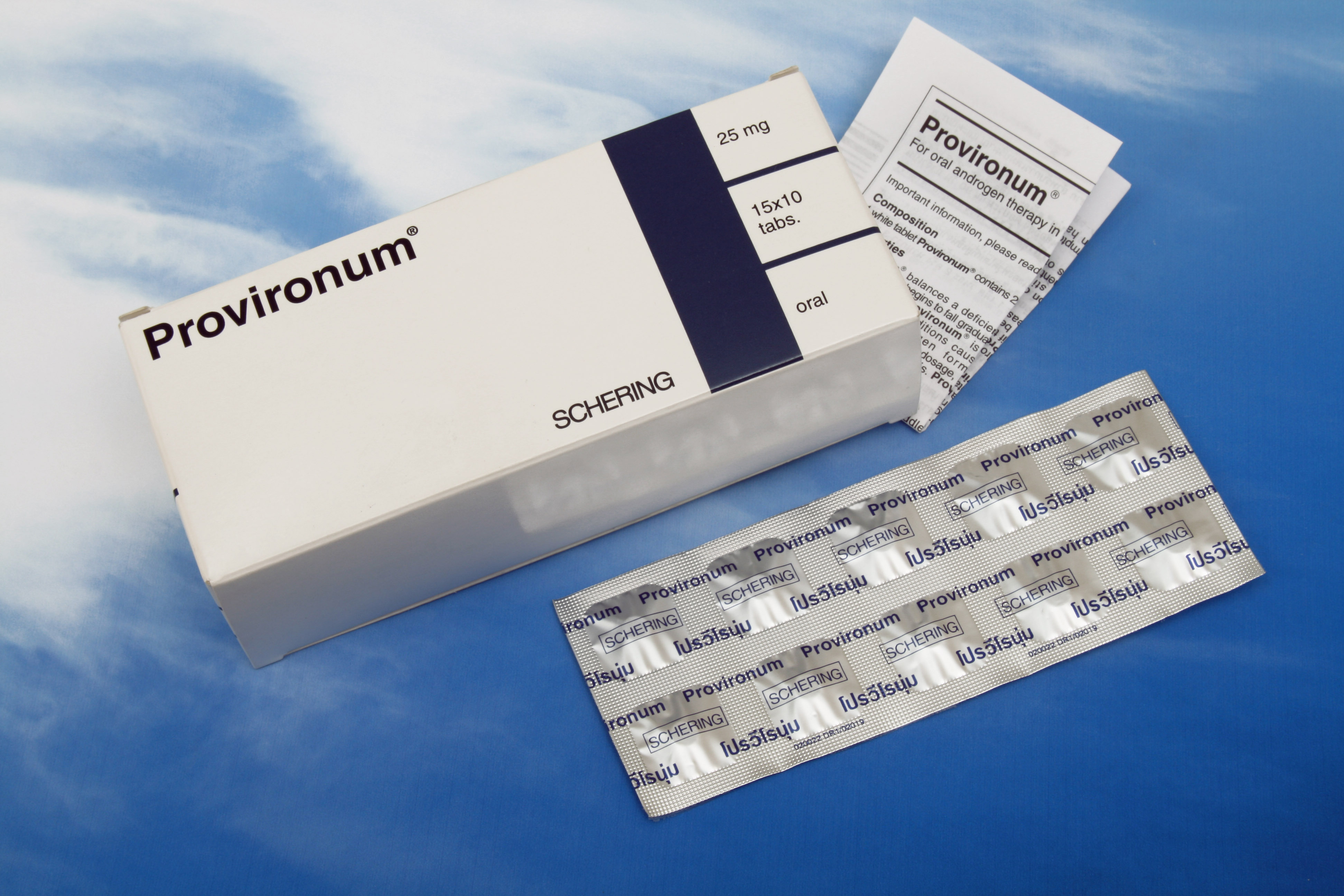
Q: Does Proviron increase or reduce the anabolic effect of the steroids?
A: At one time it was a commonly held belief that Proviron was an anti-anabolic steroid – that it reduced the anabolic effect of other steroids. I believe Dan Duchaine’s Underground Steroid Handbook II was the first to popularize this theory. In it, Dan comments that Proviron itself has little anabolic value. Noting that it is also binds the androgen receptor with high affinity, he further concluded that it must act as a blocking agent, incapable of imparting a strong anabolic effect, and at the same time preventing other (more anabolic) steroids from binding the receptor. The conclusion seemed logical, but it turned out that Dan was only partly correct. Proviron indeed has little anabolic value by itself. Studies that were uncovered much later, however, would give a different explanation as to why. As it turned out, the poor anabolic potency of Proviron was caused by the drug being very rapidly metabolized to inactive metabolites in skeletal muscle tissue, not issues with receptor activation or transcription. While Proviron could bind the androgen receptor very avidly and impart a normal anabolic message to the cell, in this area of the body very little drug will actually make it to the receptor to do so. So, alas, Proviron is not the anti-anabolic agent we once thought it to be (but it is still a weak anabolic).
This leaves us with the other side of your question. Does it increase the anabolic potency of other steroids? The answer is that it may to some extent, but it depends on the context. The main trait we are looking at here is the high binding affinity Proviron has for SHBG (sex hormone binding globulin). SHBG is a protein that binds to and temporarily prevents anabolic/androgenic steroids from activating their receptors. The higher the percentage of unbound steroid in the blood, the more active the steroid is going to be in the body. Given that Proviron binds to SHBG so strongly, perhaps more strongly that any commercial steroid known, it may displace other steroids that also like to bind this protein. With Proviron beating the other molecules to the seat, so to speak, it is forcing a greater percentage to remain in a free (active) state. This is, of course, essentially the same thing Duchaine first proposed, but with a different target site and outcome.
Testosterone is a good drug for stacking Proviron with in this regard, as it likes to bind SHBG. Many other synthetic steroids, however, bind with SHBG in much lower percentages. So depending on the other steroid(s) taken, the impact of Proviron will range from “noticeable” to “very slight if any at all”.

About the author
William Llewellyn is a research scientist and writer in the field of human performance enhancement. He is the author of several books including Underground Anabolics and Anabolics 10th Edition, one of the most widely read titles on the subject of performance enhancing substances.
Leave a Reply
You must be logged in to post a comment.